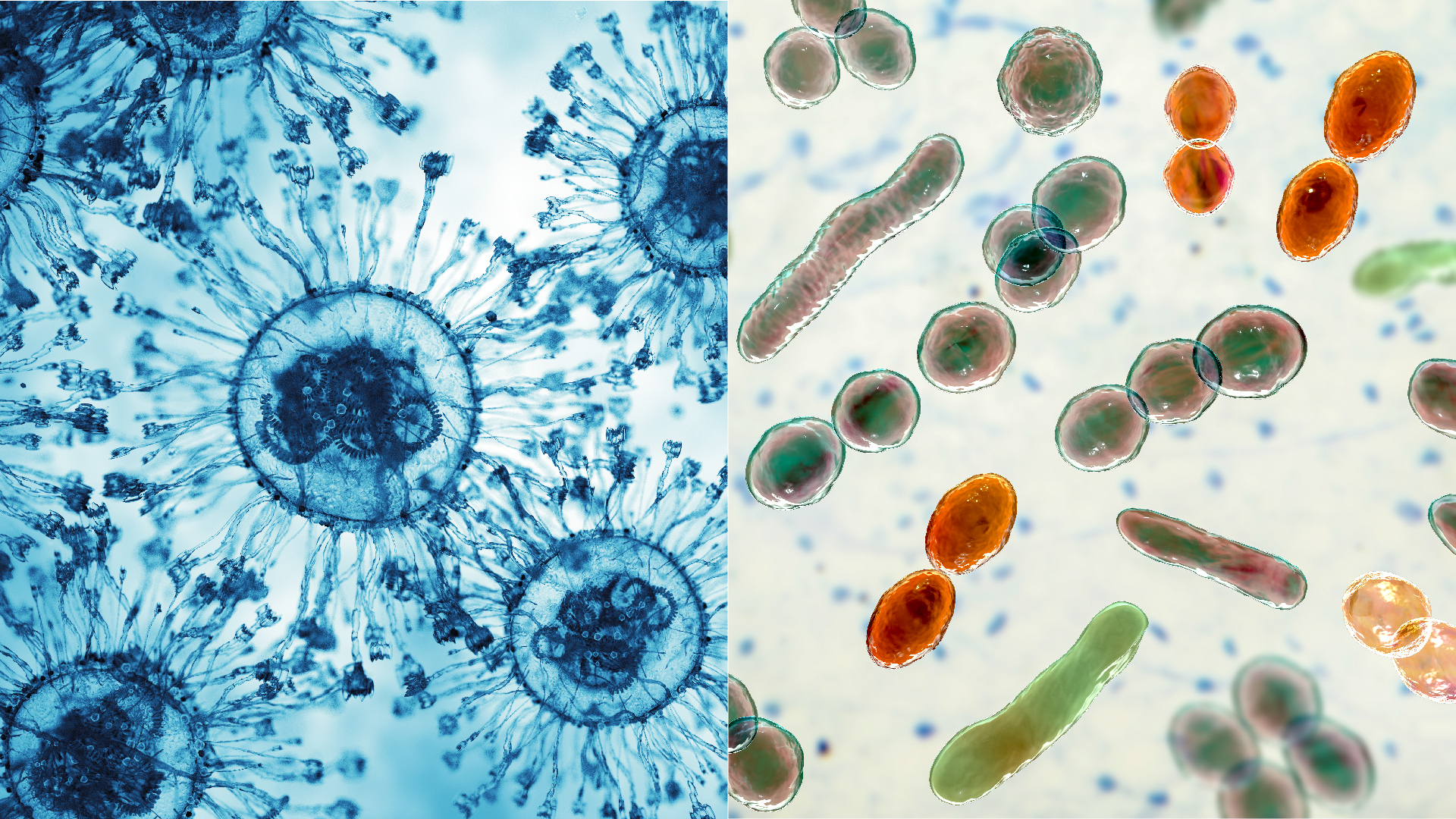Alloys, Vol. 3, Pages 269-280: Research on the Corrosion Resistance and Cytotoxicity of Medical Forged Co-28Cr-6Mo Alloy
Alloys doi: 10.3390/alloys3040016
Authors: Bo Xu Yangtao Xu Jianglong Wei
Co-Cr-Mo alloy as a human body implant material has a long history, because of its excellent corrosion resistance and biocompatibility, and is widely used in human hip joint materials. Co-Cr-Mo alloy in the human body is often in a passivation state; the formation of dense oxide film on the alloy surface prevents further corrosion of the alloy. The main component of the passivation film is the oxide of Cr, so a layer of oxide film formed by Cr on the surface of Co-Cr-Mo alloy is the reason for its good corrosion resistance. In biocompatibility, cytotoxicity is the first choice and necessary option for biological evaluation, and cytotoxicity can quickly detect the effect of materials on cells in a relatively short time. Therefore, this research conducted a comparative evaluation on the corrosion resistance and biocompatibility of forged Co-Cr-Mo alloys produced in domestic and foreign alloys in line with medical standards. Three simulated human body fluids and Princeton electrochemical station were selected for corrosion resistance experiments, and it was found that the corrosion resistance of four alloys in sodium citrate solution inside and outside China would be reduced. All the alloys exhibit secondary passivation behavior in Hanks solution, which improves the corrosion resistance of the alloys. According to the self-corrosion potential Ecorr analysis, the corrosion resistance of domestic B alloy is the best, while that of foreign R31537 alloy is poor. In the biocompatibility experiment, the biocompatibility of Co-Cr-Mo alloy was evaluated through the measurement of contact Angle and cytotoxicity reaction. The experimental results show that Co-Cr-Mo alloy is a hydrophilic material, and the contact Angle of foreign R31537 alloy is smaller, indicating that the surface of R31537 alloy is more suitable for cell adhesion and spreading. According to the qualitative and quantitative analysis of the cytotoxicity experiment, the toxic reaction grade of domestic A, B and R31537 alloy is grade 1, the toxic reaction grade of C alloy is grade 2, and C alloy has a slight toxic reaction.

 10 hours ago
12
10 hours ago
12


